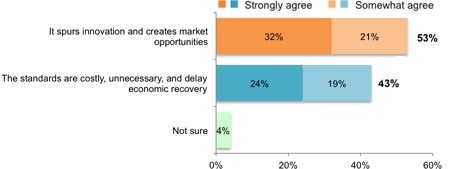
Energy cost in item cost accounting
The phase of item cost accounting is twofold. While in item costing per unit the expense of the expense objects is determined, in item costing per period the working outcome is figured. Power to Choose with low-cost will helps for developing the business. Specifically, while considering energy cost exhaustively, overall it must be registered the level of the expenses of merchandise fabricated that is comprised of energy cost, the (negative) commitment of the energy cost to the working outcome, and the expenses of energy labor and products delivered in-house (Schweitzer and Küpper, 2008).
Different creation cost
There is an extraordinarily wide range of item costing techniques whose practicability to work out the item costs relies upon the qualities of the applying organization or division (I. a. the made volumes, item designs, assortment, creation cycles, and methods) (Kilger, Pampel and Vikas, 2007). In organizations with more than one item, individual or series creation, and staggered fabricating processes the above computation is many times utilized and enhanced by the item costing with movement units.

Above rate cost
The above rate cost estimation can be acknowledged as a synopsis or separated computation. In the more itemized separated above rate cost computation the above cost rates are independently figured for material, assembling, selling, and managerial above costs utilizing the expense allotment rates from the expense place accounting. As assembling costs are machine-subordinate much of the time (I. a. due to a serious level of mechanization), they are frequently relegated to the items based on a machine hour rate rather than a financial designation base (item costing with movement units or machine hours). Above computation can be applied to decide the expense of creation of energy labor and products on the off chance that they are the principal result of energy creation and supply processes (concerning space warming, process heat, packed air, etc), not just a side-effect of the assembling processes (e. g., squander intensity or waste gas). In its primary point, the above computation registers the expense of creation and the expense of deals of the principal results of a (modern) organization. Yet, with energy-related detail, likewise, the energy expenses of the eventual outcomes can be determined. For this reason, the writer talks about various fundamental ways of apportioning energy expenses for the items (Schmidt, 1960; Kilger et al., 2007, Hugel, 1965). To start with, energy expenses can be followed to a specific expense object as immediate expenses, if remotely secured or inside delivered energy sources are natural substance for the item, if the energy utilization can straightforwardly be followed to a solitary result, and if the utilization estimating can be acknowledged in a financially doable manner. Second, energy expenses can be doled out to the items as the exceptional direct expense of assembling, on the off chance that they can’t be followed to a solitary item-unit (as cost object), however to a specific cluster, creation request, or product offering. The statement of energy costs as the exceptional direct expense is sensible, particularly for energy-escalated creation processes where the clusters, orders, or items show huge contrasts in their energy utilization (comparative (Schmidt, 1960)). Third, the overarching method of the revelation of the energy costs in item computation isn’t their designation as energy above costs.




